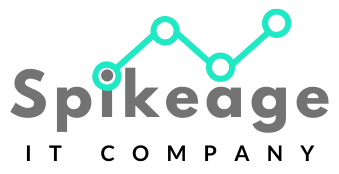SQL (Structured Query Language) is a programming language that is used to manage and manipulate relational databases. Here are some of the key features of SQL:
- Data Definition Language (DDL): SQL includes commands that allow users to create, alter, and delete database objects such as tables, indexes, and views.
- Data Manipulation Language (DML): SQL includes commands that allow users to retrieve, insert, update, and delete data from a database.
- Data Control Language (DCL): SQL includes commands that allow users to grant or revoke permissions to access the database and its objects.
- Data Integrity: SQL includes features that ensure data integrity, such as enforcing constraints on data types, values, and relationships between tables.
- Data Security: SQL includes features that help to protect the database from unauthorized access, such as user authentication and authorization, and encryption of sensitive data.
- Transaction Management: SQL includes features that allow users to group database operations into transactions that can be either committed or rolled back in case of errors or other issues.
- Query Optimization: SQL includes features that optimize the performance of database queries by selecting the most efficient execution plan.
Overall, SQL is a powerful and flexible language that enables users to manage and manipulate relational databases efficiently and securely. Its features make it an essential tool for data management and analysis in a wide range of industries and applications.
